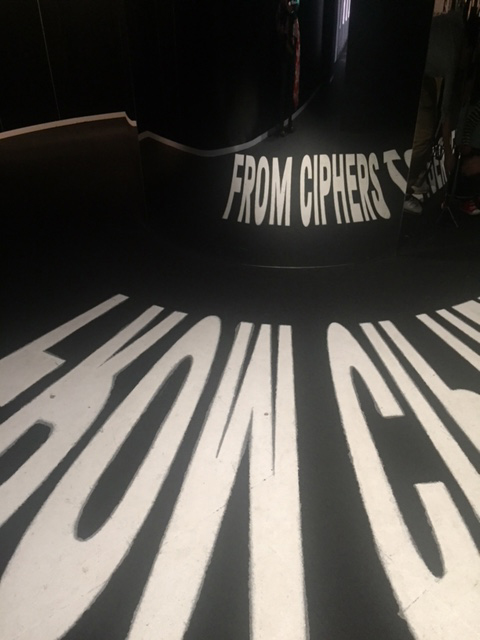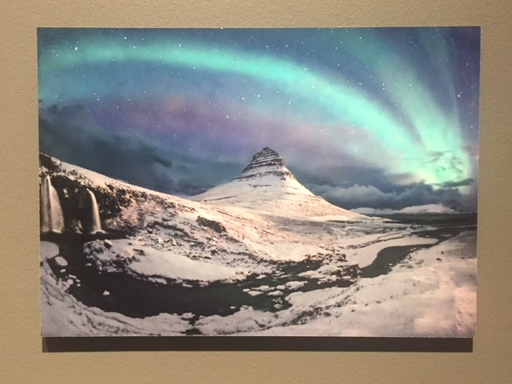A trip to the Science Museum
The Science Museum
What to do on a Sunday when you have nothing planned?

This was the question I asked myself on Sunday. I decided a museum trip was in order, but which one? I’d left it a bit late so couldn’t go too far afield, but didn’t want to go to the V&A again so soon.
I decided that I hadn’t been to the Science Museum recently so would go there and see what was on.
Deciding what to see at the Science Museum
Over a quick lunch in one of the museum’s cafes, I looked over the map. I decided that I would visit the Science Museum’s Clockmakers Gallery, the Scientific Photography exhibition and the Ciphers exhibition.

The Clockmakers Gallery
I’ve not been to the Clockmakers Gallery before. It proved fascinating, with lots of different timepieces, starting from the 1500-1600s, to the 1800s. There was an interesting section and exhibits showing the story of the search for Longitude.
The search for Longitude
Longitude was a very important factor that helping ocean navigation and was a search that covered centuries of searching by the best scientific minds.
A competition was held and solutions invited to the problem and prizes offered.

Other instruments
There was also examples of cartographic and scientific instruments. In the early 1600s there was only one instrument maker in the whole of London, but more came from Europe and eventually a Guild was set up to cater for the needs of the craftsmen.

Camera Obscura
The Camera obscura (‘dark room’) projects a reversed and inverted image onto through a small pinhole onto a smooth surface opposite, such as a wall. The surroundings of the projected image needs to be dark so many historical camera obscura experiments were performed in dark rooms.
Later in the 16th century lens were incorporated and became popular with artists in their drawing and painting. In the 19th century the camera obscura transformed into the camera, with the addition of light sensitive paper. Then later colour photography, with the invention of the autochrome by the Lumiere brothers in 1907.
In my first season as a Tudor at Kentwell Hall, I was part of the team that set up the Camera Obscura in the small octagon room on the bridge over the moat. To work effectively all the windows were boarded up to provide a dark environment. Then a lens was installed on the window that over looked the moat. The image was projected on to the opposite wall.
The children found it fascinating to see their classmates up side down on the lawn.

Scientific Photographer of the Year
As a photographer, I like to visit photography exhibitions, to get ideas and see different genres and skills. The Scientific Photographer of the Year exhibition included a range of different images. Some were macro images of insects, plants or minerals. Others were of the natural world, such as the aurora borealis.
They gave a fascinatingly different view into our world.
Exploring Space
I had to go through the Exploring Space section to get to the basement gallery of the Science Museum, where the Ciphers exhibition was. Wanting to save my energy I didn’t spend too much time here (I’m still working on my fitness and have to pace myself). What I did look at was fascinating.

There was the Moon lander, space suits and the under suits that astronauts wear.

There was one of the rockets, with an open nose cone, hung overhead. You could see what it looked like inside. There was also the Soyuz capsule that Tim Peake went to the International Space Station in. How 3 men fitted in there I don’t know. I would have found it very claustrophobic.

The Ciphers Exhibition
The Ciphers exhibition was intriguing. It started off with words on the floor that reflected in a mirror, showing the title. A timeline showed codes from the Greek and Roman period, to modern times. It also looked at the different types of codes. Some of these were simple letter/word replacement, other were message rolls.

They also had an early version of the Enigma machine and other larger machines.

There was a section on GCHO (Government Communications Head Quarters) and how it helps prevent terrorism. They had a replica of the home made bomb which caused restriction on liquids on flights. The exhibit was made with a soft drinks bottle filled with hydrogen peroxide. The trigger fired by the flash of a disposable camera taped to it. It was scary just how easily accessible these items are.
One exhibit had a live search of twitter mentions of err, arrgh and other innocuous words. Another explored the discovery and capture of a large spy ring in the 1960s.



